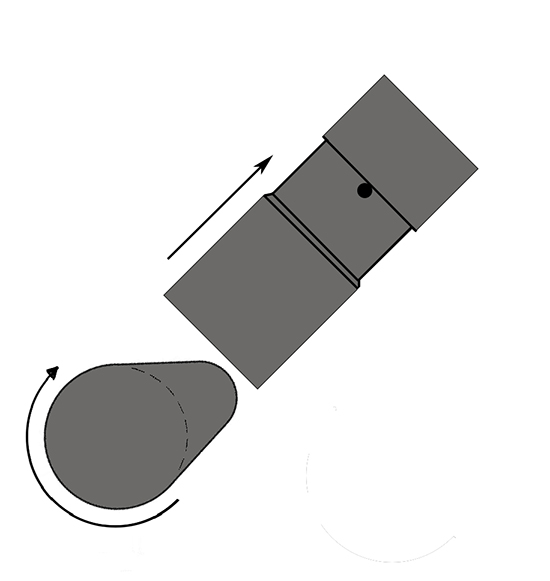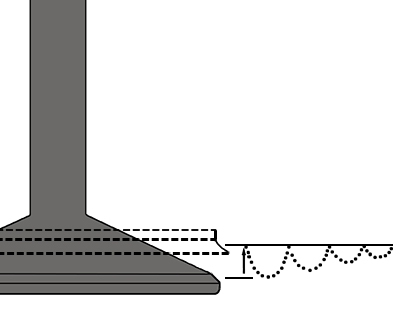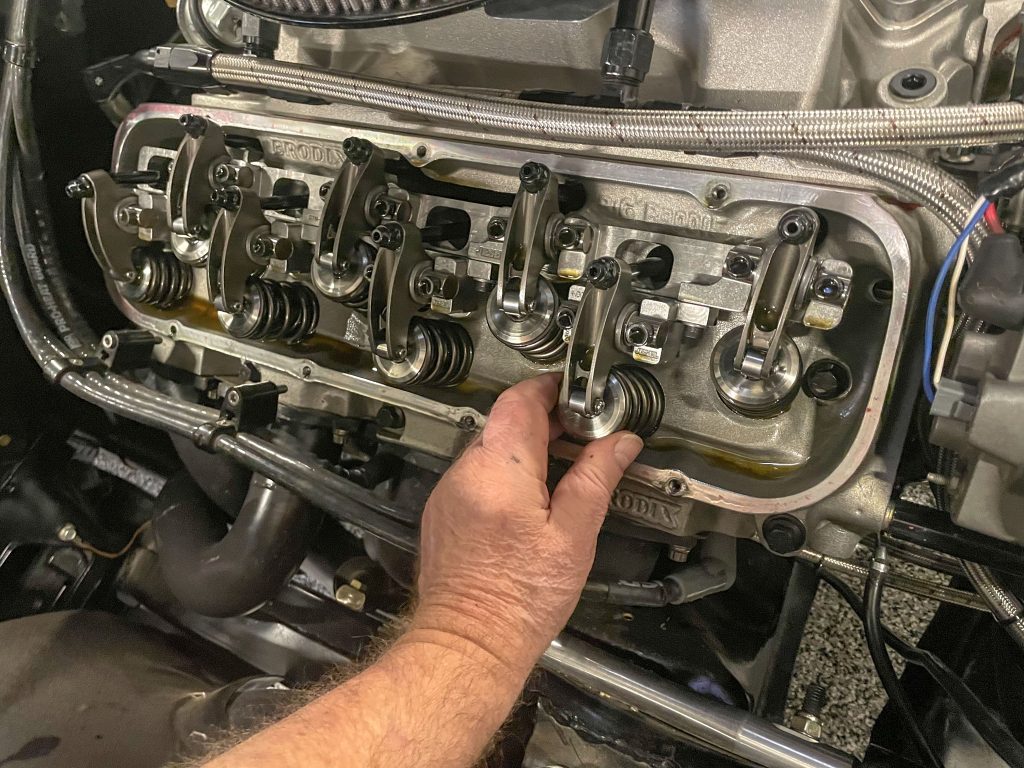Q: What is valve float?
…
A: Valve float is basically when the valvetrain gets out of control.
There are two types of valve float:
Loft and Bounce.
Loft happens when the lifter is thrown off the nose of the cam lobe. This is caused by too little open pressure.

Bounce happens when the valve bounces off its seat, before it settles. This is caused by too little seat pressure.

How do you identify valve float?
- Mild valve float can be felt as power falling off quickly at high rpm.
- Severe valve float will be heard as a sputtering sound at peak rpm.
How does valve float affect performance?
When the lifters loft, the valve spring can go into coil bind. This could cause bent or broken valvetrain parts. In severe cases, the exhaust valve can hit the piston. To fix a loft problem, increase your valve spring open pressure.
When a valve bounces off the seat, the engine loses compression. To fix a bounce problem, increase your valve spring seat pressure.
Lighter valvetrain parts can also help with valve float issues. Hollow stem valves, titanium retainers, and titanium valves are available for many applications. These parts reduce the weight of the valvetrain and make it easier for the springs to control the valves.

…

For those times when your desired rpm peak exceeds the engines safe or practical rpm maximum, valve float is an excellent rev limiter. Although it’s not a recommended method of controlling engine rpm’s, it’s still very effective. LOL !
I have a brand new 572 tall block. I am having valve floating going on. Is there any kind of warranty from summit to fix this problem
Lmao that’s not a warranty issue!
I have a 355 sbc engine in my 67 Nova. The engine was built and installed prior to my purchase. I am experiencing mild valve float at 4000 rpm. What would you recommend to fix my problem?
Hey Roger, click here to contact the Summit Racing tech folks. They can talk through your valve float issue and give you some options on how to remedy it.